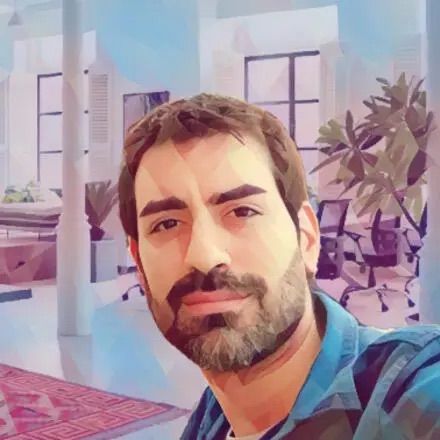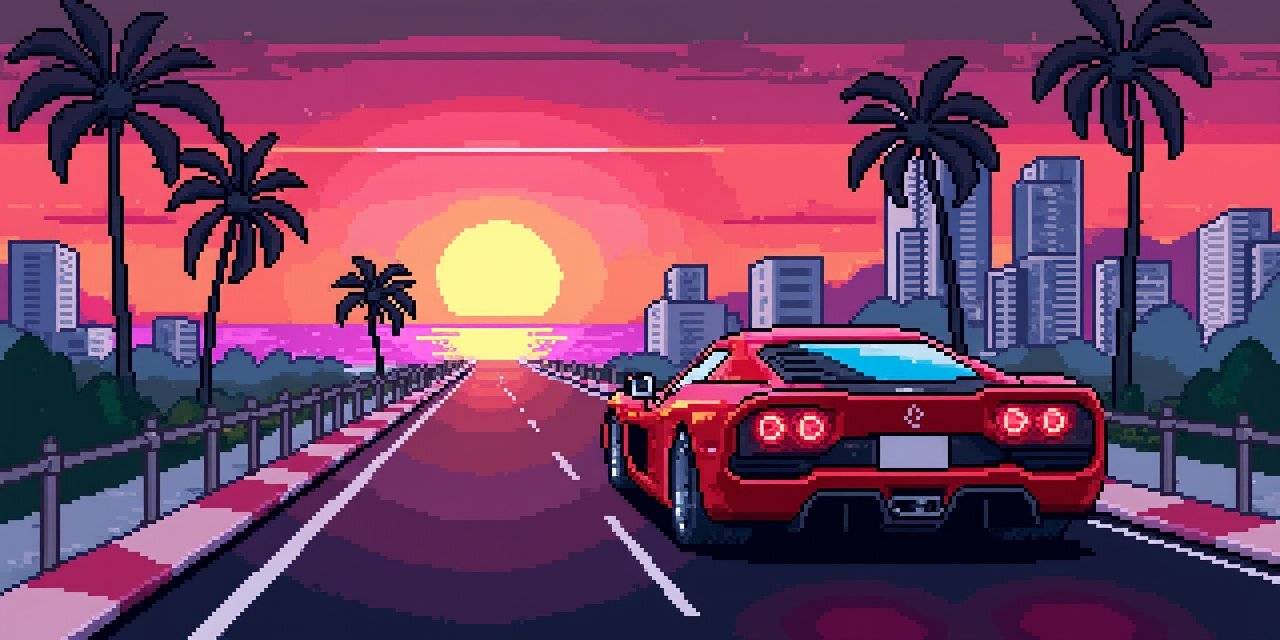
Retro Diffusion: Creating authentic pixel art with AI at scale
Discover how Retro Diffusion creates authentic pixel art with consistent grids using AI, and how our platform enabled them to scale to thousands of users.
Introduction
In the growing landscape of AI image generation, Retro Diffusion has carved out a specialized niche by solving a particularly challenging problem: creating pixel art that actually follows the rules of pixel art. While many models can generate images with a "pixelated" appearance, Retro Diffusion's models produce art with consistent grid alignment, intentional color limitations, and proper pixel art techniques. This results in a level of authenticity and quality that is surprisingly difficult to achieve with standard diffusion models.
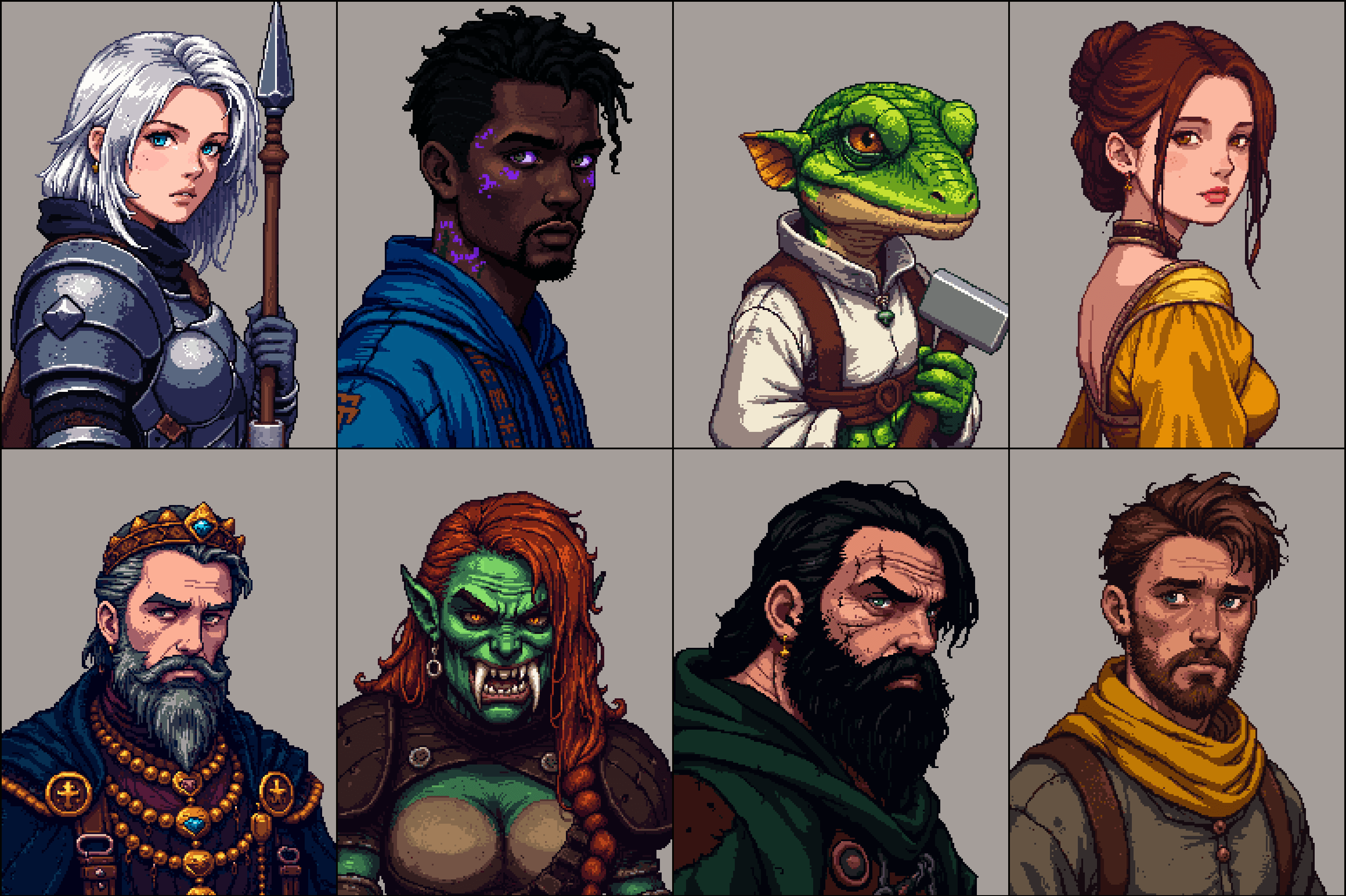
What started as a passion project has grown into a full-featured platform offering both a user-friendly web interface and developer API for generating authentic pixel art. We spoke with Retro Diffusion's founder, a professional pixel artist with over 7 years of experience, about their technical approach and how our infrastructure helped them scale to serve tens of thousands of users.
The technical challenge of pixel art
Retro Diffusion's founderPixel art is any artwork that uses squares of consistent sizes with intentionally limited colors and placement to create an image.
This seemingly simple definition encompasses a range of technical requirements that most AI models struggle with. True pixel art incorporates specific techniques like:
- Perfect grid alignment: Every pixel must be the same size and properly aligned.
- Limited color palettes: Fewer colors used intentionally across the image.
- Specialized techniques: Dithering, perfect lines, and minimal anti-aliasing.
- Absence of effects: No partial transparency, glows, blurs, or random noise.

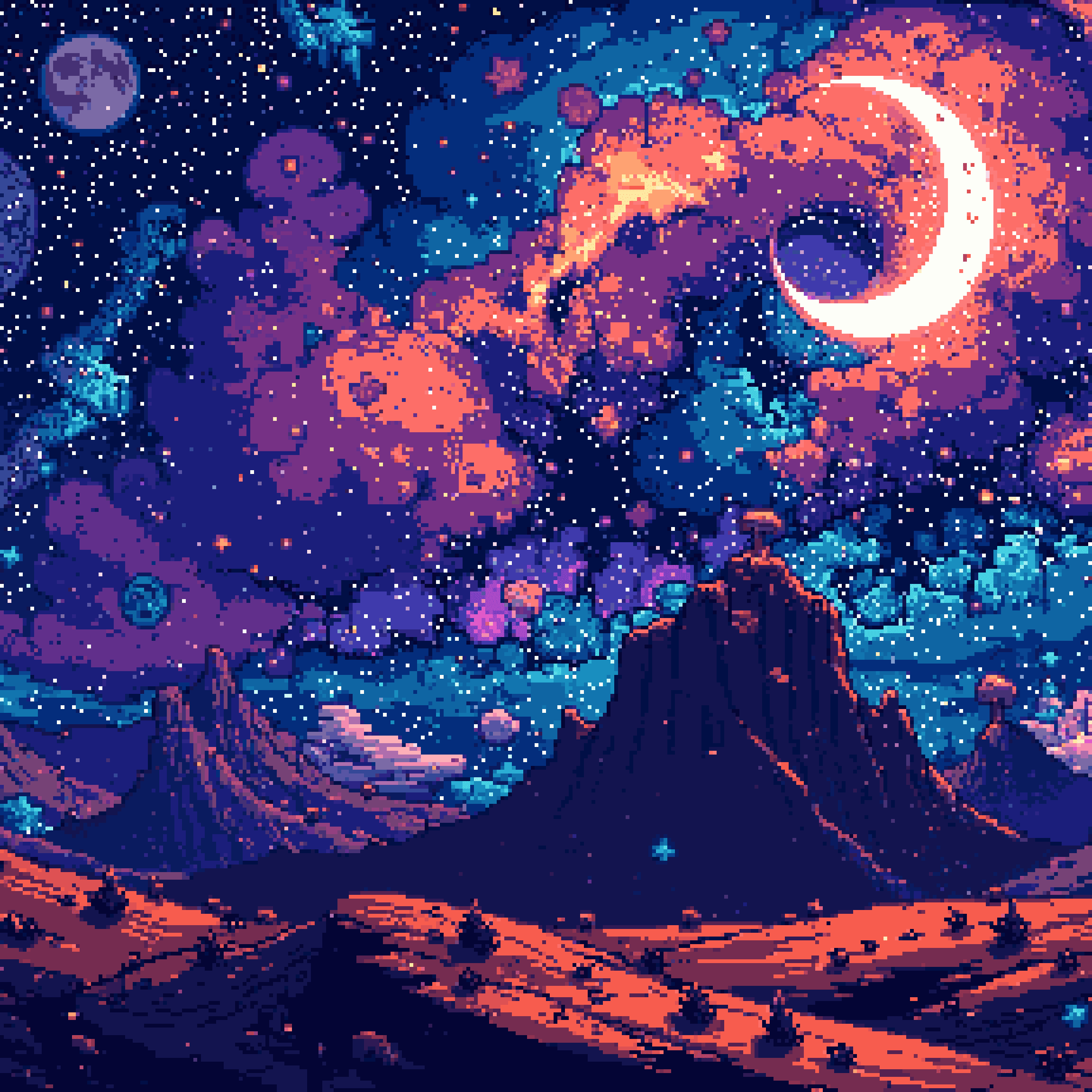
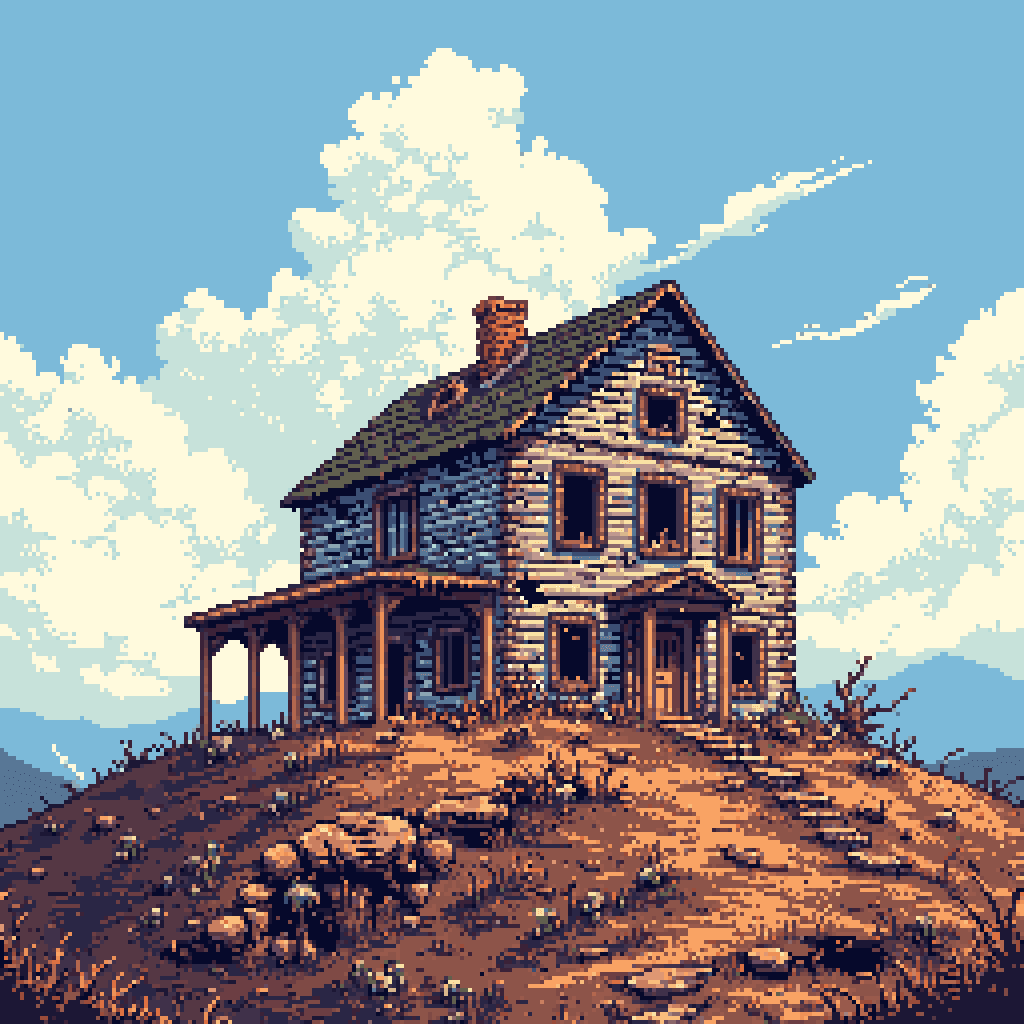
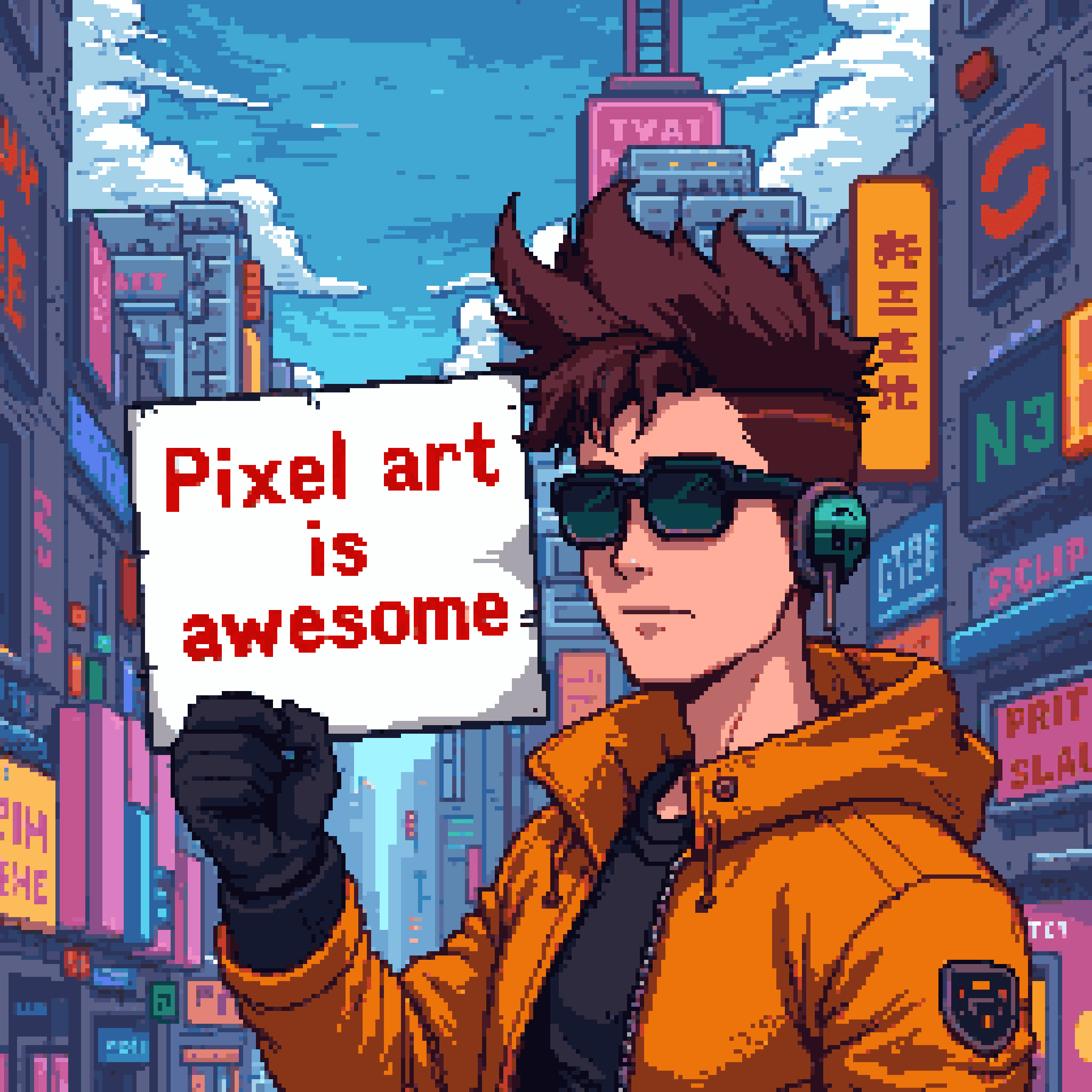

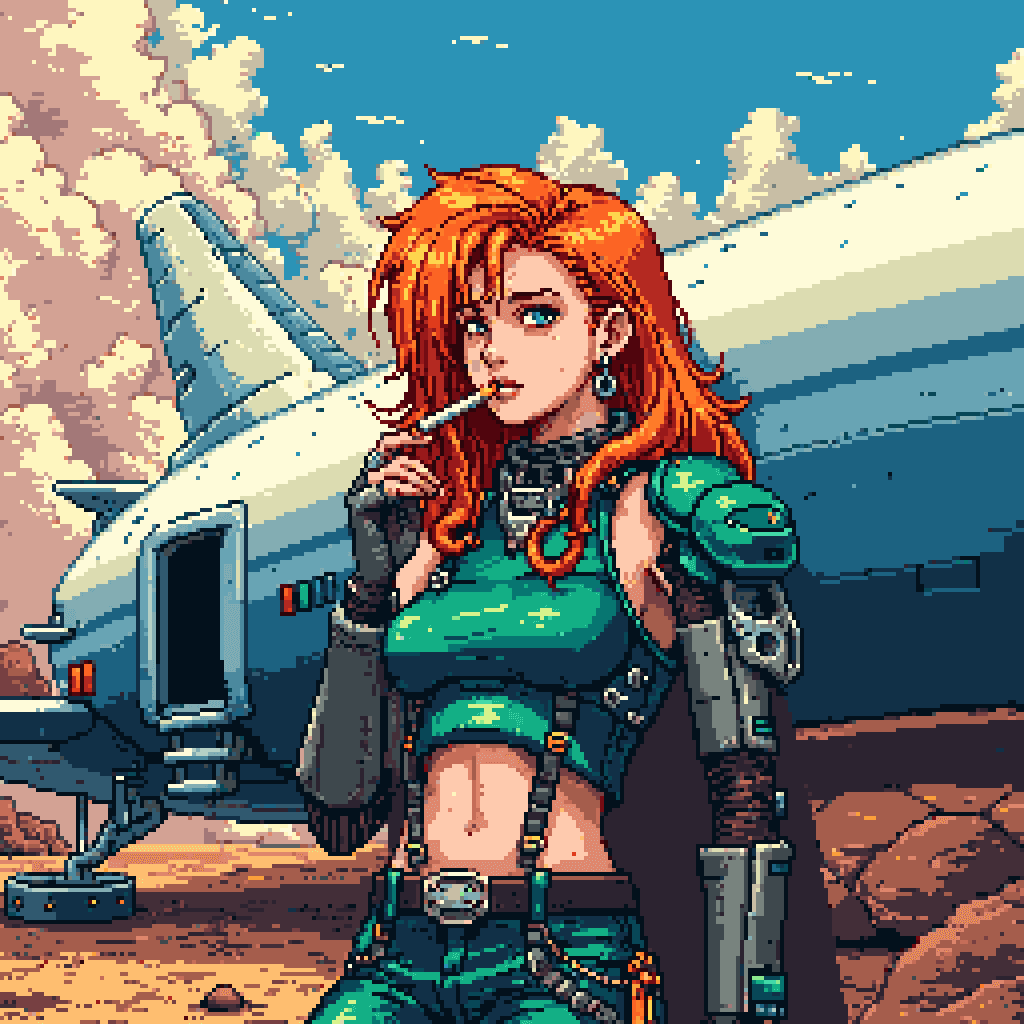
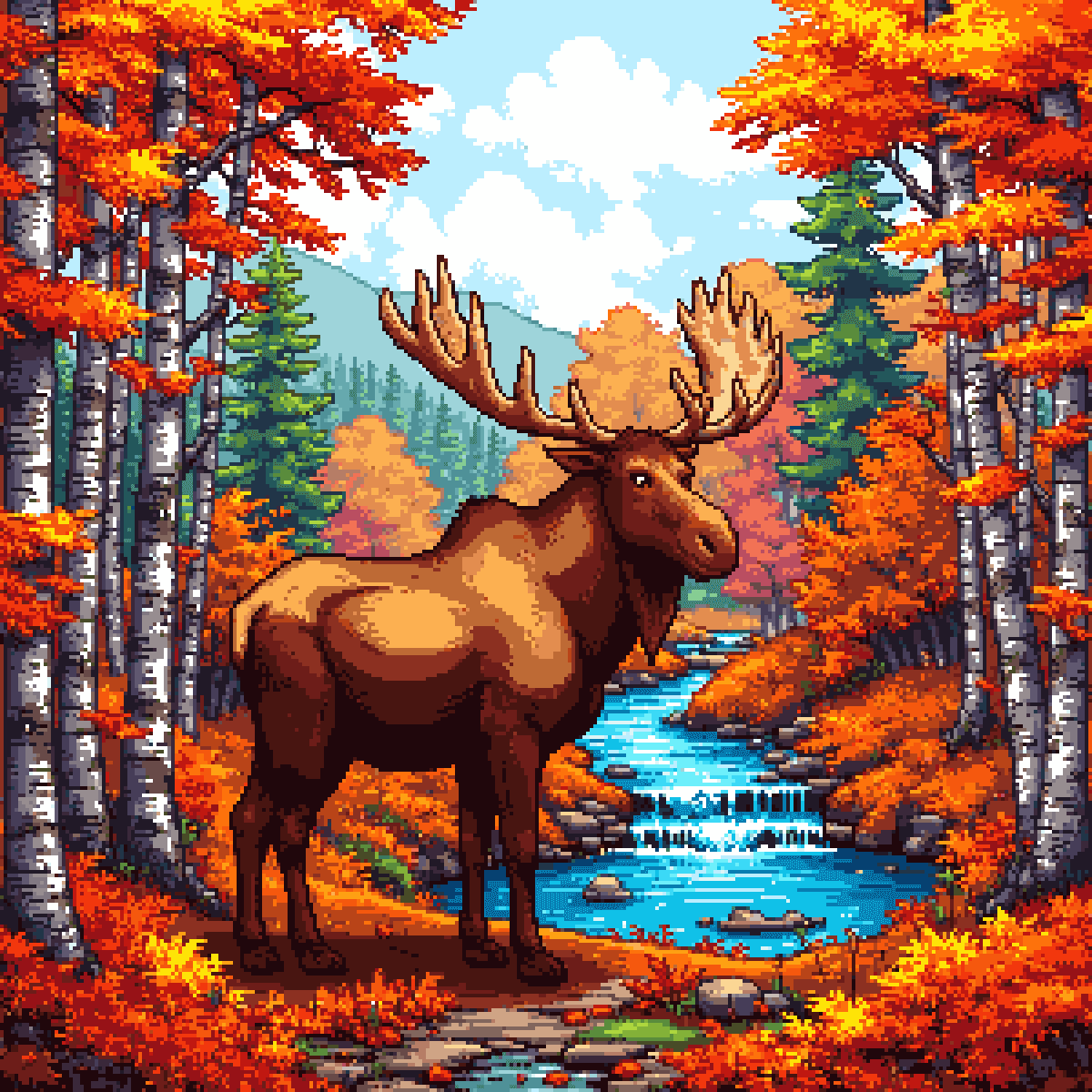
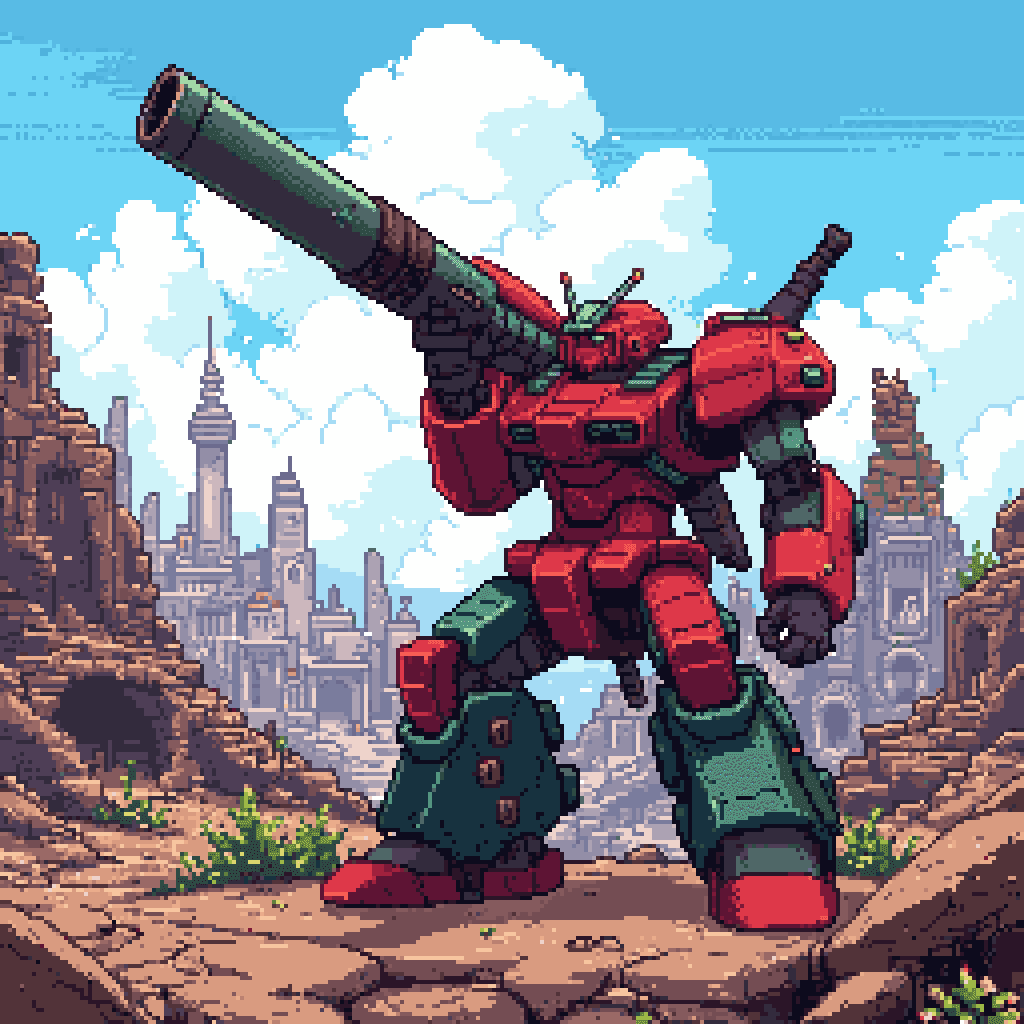
Standard diffusion models typically generate the exact opposite: varying pixel sizes, inconsistent outlines, blurry effects, and random noise patterns. This creates a fundamental conflict that Retro Diffusion has worked to resolve through specialized model training and post-processing techniques.
Founder in a detailed Reddit post explaining the challengesNearly all specifically trained pixel art models have this issue, it's fundamental to how AI image generation works currently. If you zoom in, you can pretty quickly tell that the "pixels" are different sizes.
Retro Diffusion's solution
Creating true pixel art with AI required Retro Diffusion to rethink the entire generation pipeline, from training data preparation to post-processing.

Their approach involves three key components:
-
Dataset curation: By carefully examining the model architecture, Retro Diffusion prepares training data in a way that prevents the model from fighting against pixel art constraints. They focus on pieces with limited colors, well-formed lines, and various shading styles used by professional pixel artists.
-
Model optimization: Their current flagship model uses the FLUX architecture, which offers superior capabilities for generating authentic pixel art with clean, consistent grids. Unlike earlier approaches that required multiple specialized LoRAs, the FLUX model can achieve most styles through prompt engineering alone.
-
Custom post-processing: "Even with all of this attention to detail and training, the models still have trouble being specifically limited to a set number of colors, or generating perfect sections of squares", notes the founder. To address this, they developed a proprietary downscaling algorithm that uses clustering techniques to determine ideal colors for each section, followed by advanced color quantization to reduce the image to a reasonable number of colors without sacrificing detail.
Getting AI models to generate pixel art is mostly about dataset, data preparation, and post processing. Some AI models can already come pretty close to grid aligned pixels (Flux Dev for example) but getting them to go the final distance is a real challenge.
This comprehensive approach results in pixel art that respects the medium's constraints while maintaining creative flexibility.
RD_FLUX: Versatile pixel art generation
Retro Diffusion's current flagship model, built on the FLUX architecture, supports a wide range of pixel art styles through simple prompt adjustments:
- General approaches (default, retro, simple, detailed, anime).
- Specialized applications (game asset, portrait, texture, UI).
- Technical variations (item sheet, character turnaround, 1-bit).
- Minecraft-specific styles (MC texture, MC item).
Unlike earlier approaches that relied heavily on LoRAs for style variation, RD_FLUX can achieve most styles through prompting alone, while maintaining clean pixel alignment and authentic pixel art techniques.
The flexibility of RD_FLUX's style system allows for remarkable creative control. Different styles can be applied while keeping other settings identical, resulting in varied aesthetics while maintaining the same composition. As shown in the example below, the same subject can be rendered in multiple distinct pixel art styles simply by changing the style portion of the prompt.

This versatility makes RD_FLUX particularly valuable for exploring artistic directions or creating consistent assets across different visual styles.
Scaling challenges and solutions
As Retro Diffusion refined their model and gained popularity, they encountered a familiar challenge: increasing model size and complexity was quickly outpacing what most users' hardware could handle.
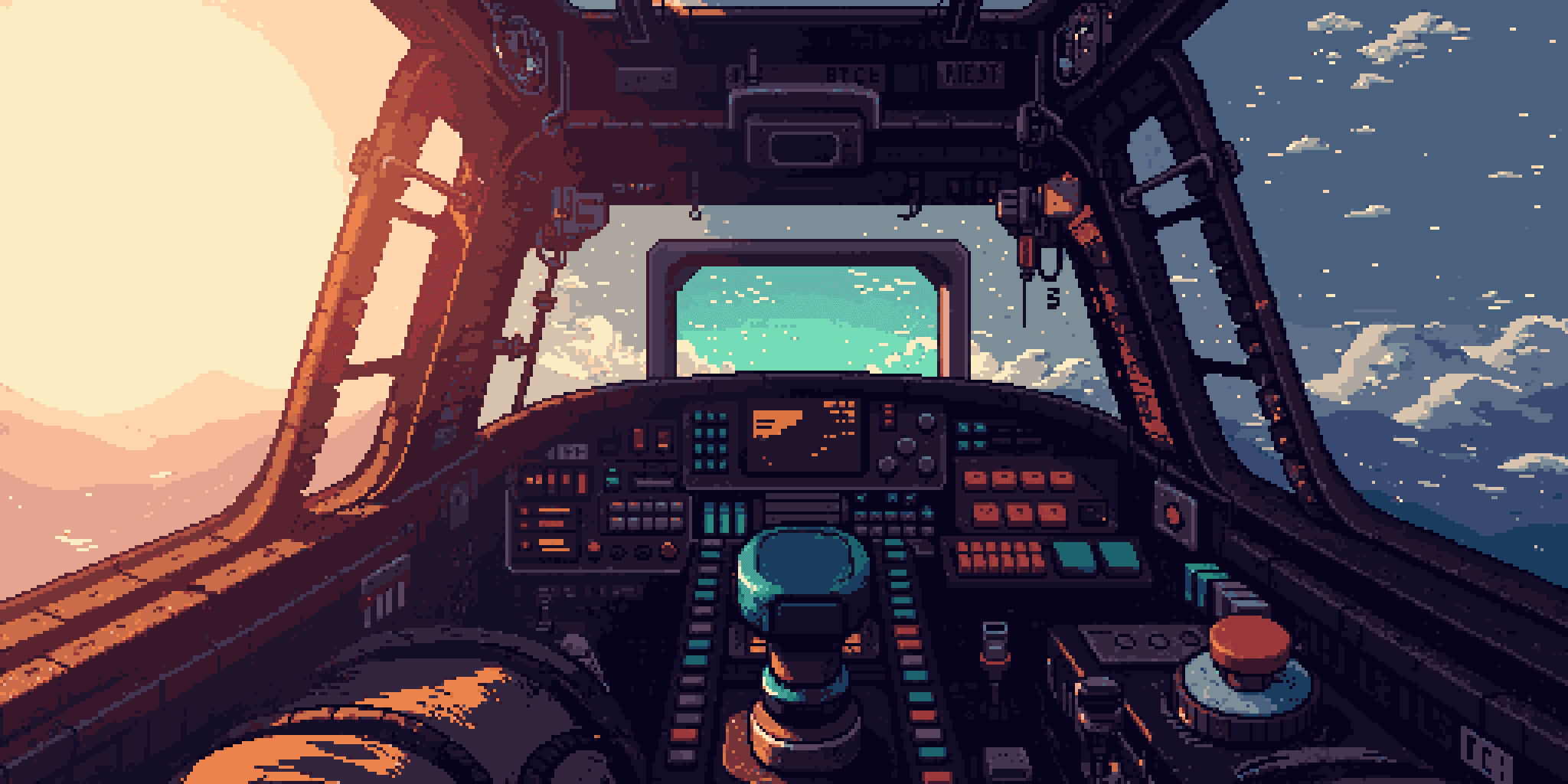
After experimenting with several cloud platforms, Retro Diffusion found that our infrastructure offered the perfect balance of speed, cost, and reliability.
From the start, Retro Diffusion has been mainly about enabling users to generate locally on their own computer, but as models grew in size, we knew that we needed to start building out a cloud inference solution to take weight off of customers' GPUs.
Using Runware platform we were completely blown away by the speed and low cost. Being able to generate images so quickly really brought back a lot of the spark I had when AI image gen was gaining traction in 2022.
By integrating with our API, Retro Diffusion achieved near-instant generation times, cost-effective scaling to support tens of thousands of users, and reliable performance across their specialized models.
Technical spotlight: 1-bit style
One of Retro Diffusion's most impressive technical achievements is their 1-bit style. This style reduces images to just two colors (typically black and white) while maintaining consistent patterns and precise linework.
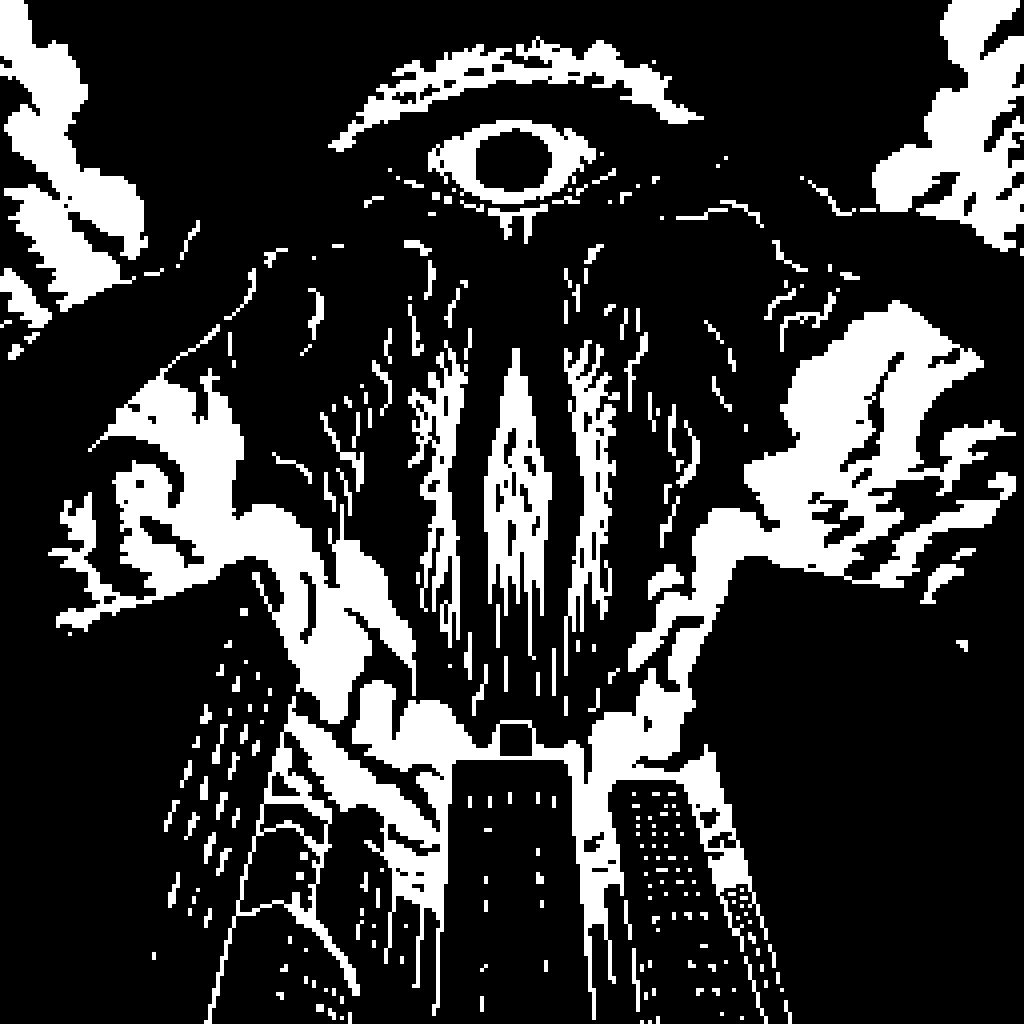
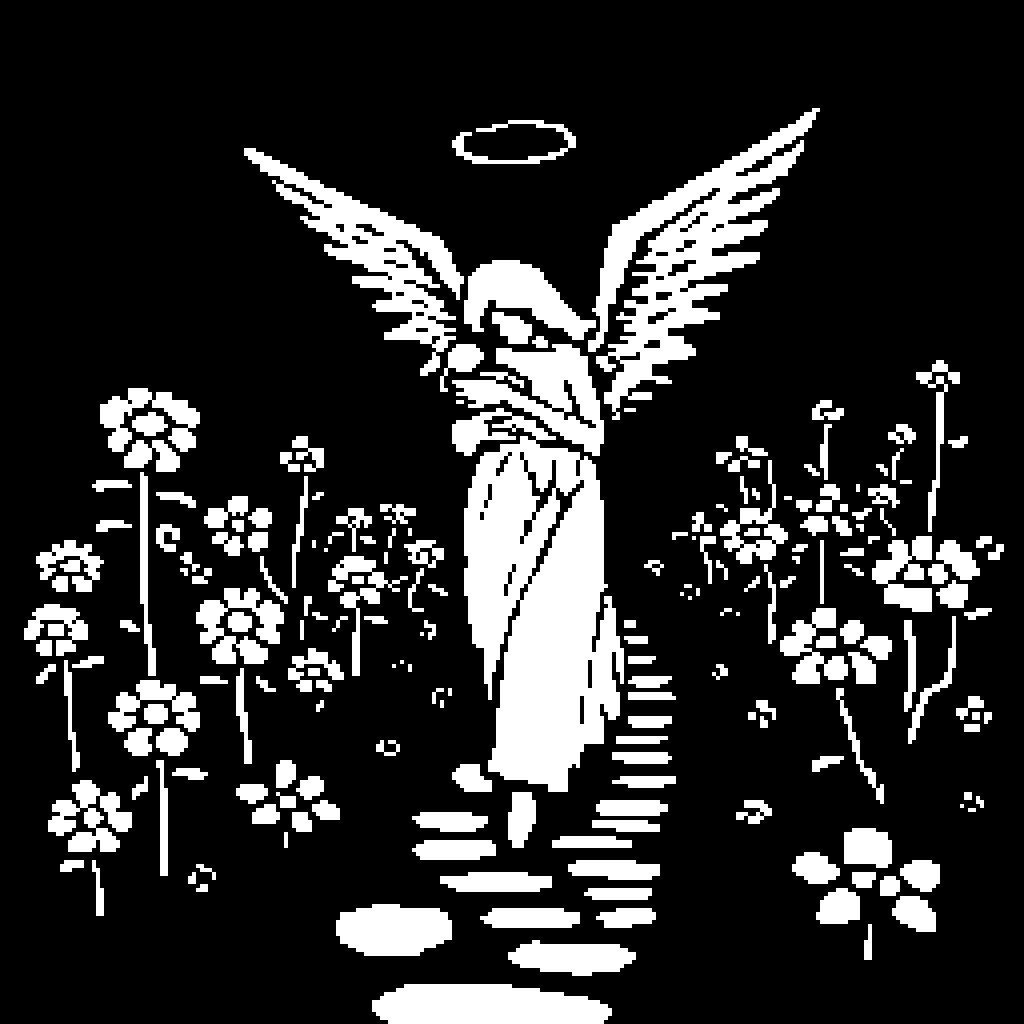
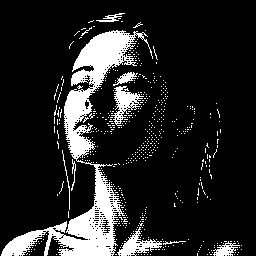
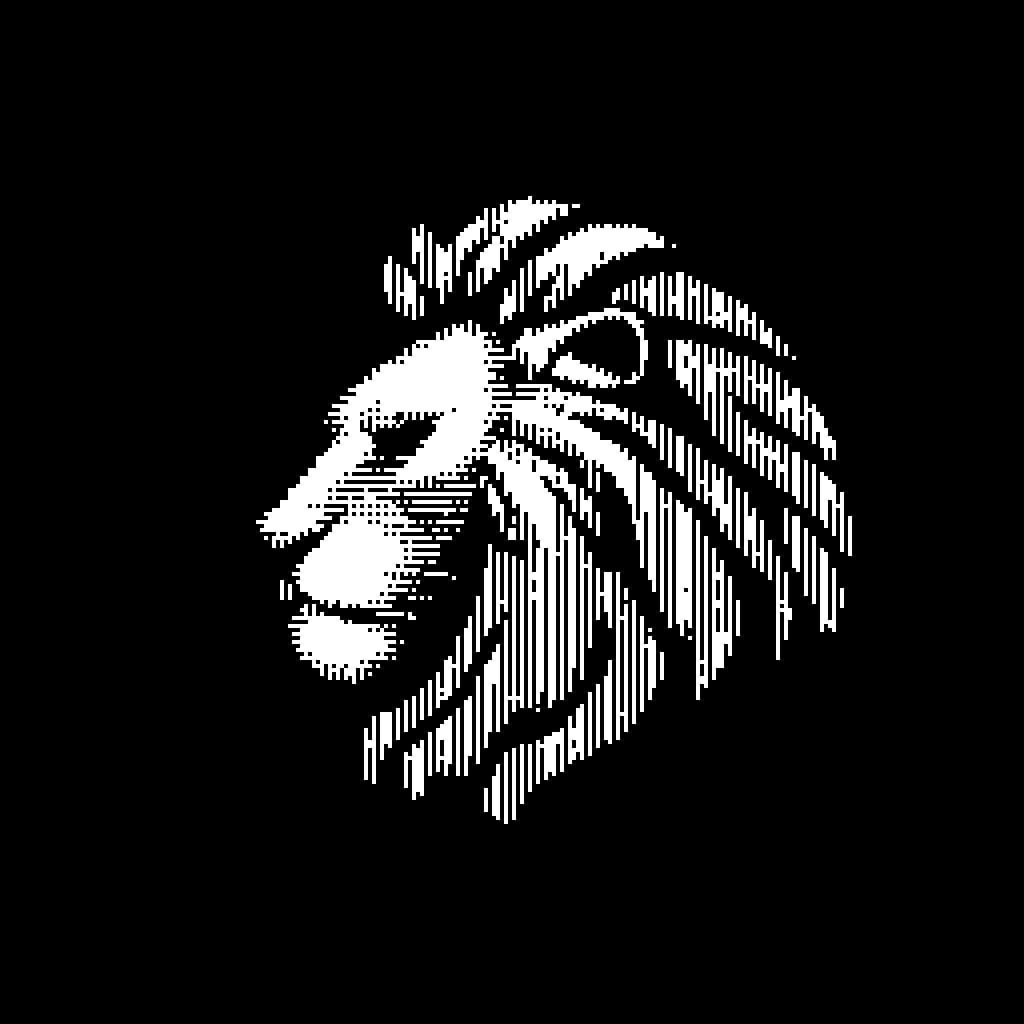
Creating 1-bit images with AI is particularly challenging because:
- With only two colors available, every pixel placement becomes critical.
- The model must convey complex shapes and depth with minimal information.
- The limitations leave no room for the blurring or anti-aliasing that AI typically relies on.
The result is remarkably authentic pixel art that follows the strict constraints of the medium while still offering creative flexibility.
Advanced features: Character consistency through prompting
Retro Diffusion's FLUX model excels at maintaining consistency across multiple generations of the same character or object, a crucial capability for game development and animation.
Rather than relying on image-to-image approaches, Retro Diffusion has developed prompting techniques that allow users to generate multiple variations or poses of the same character while maintaining consistent design elements.

The technique involves describing all important elements of the character in the initial prompt, then modifying or adding details for new versions. This approach allows for creating character sheets, different poses, or emotional expressions while ensuring that key identifying features remain consistent.
This level of control through text prompting alone demonstrates the sophistication of Retro Diffusion's model and its understanding of pixel art principles.
Impact on users and workflows
For game developers, digital artists, and retro gaming enthusiasts, Retro Diffusion offers unique value by generating assets that can be used with minimal editing.
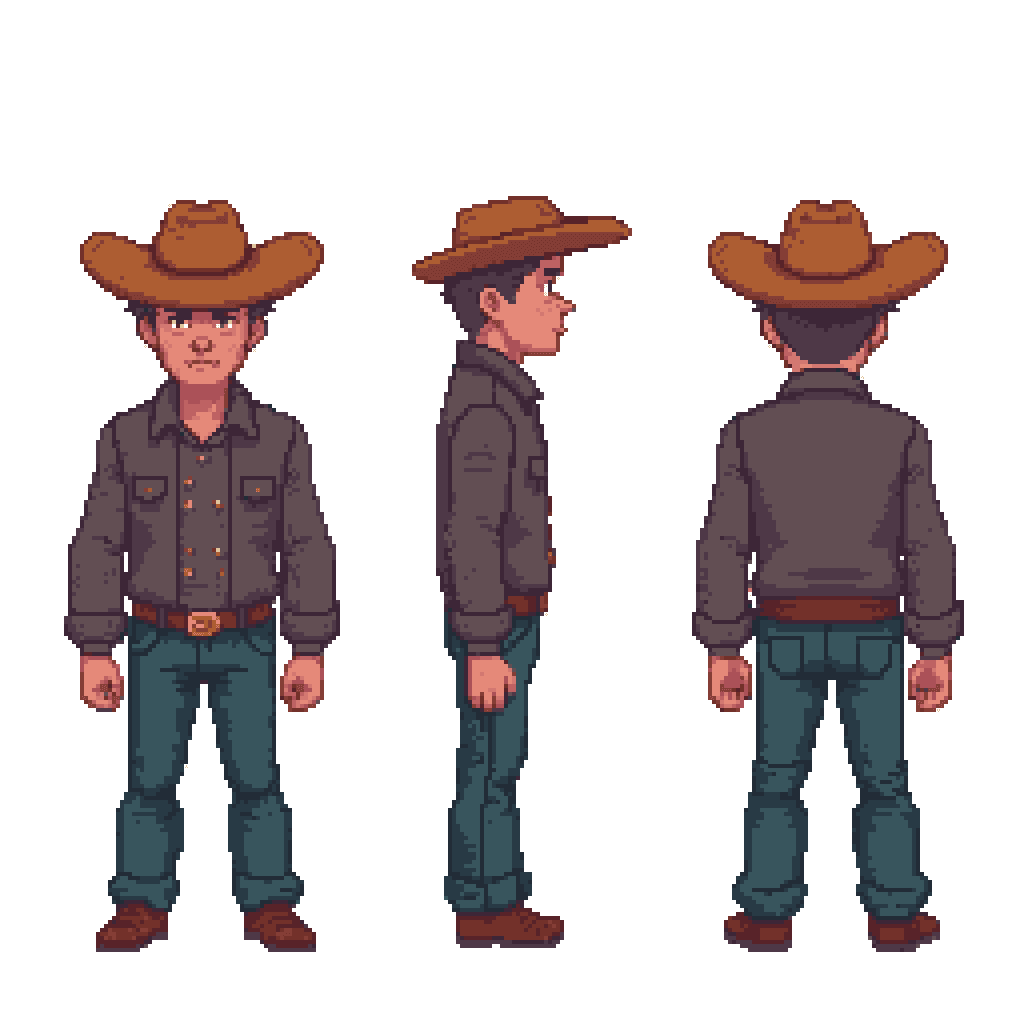
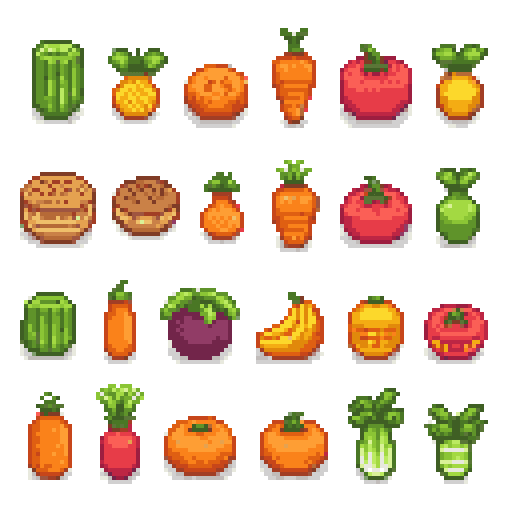
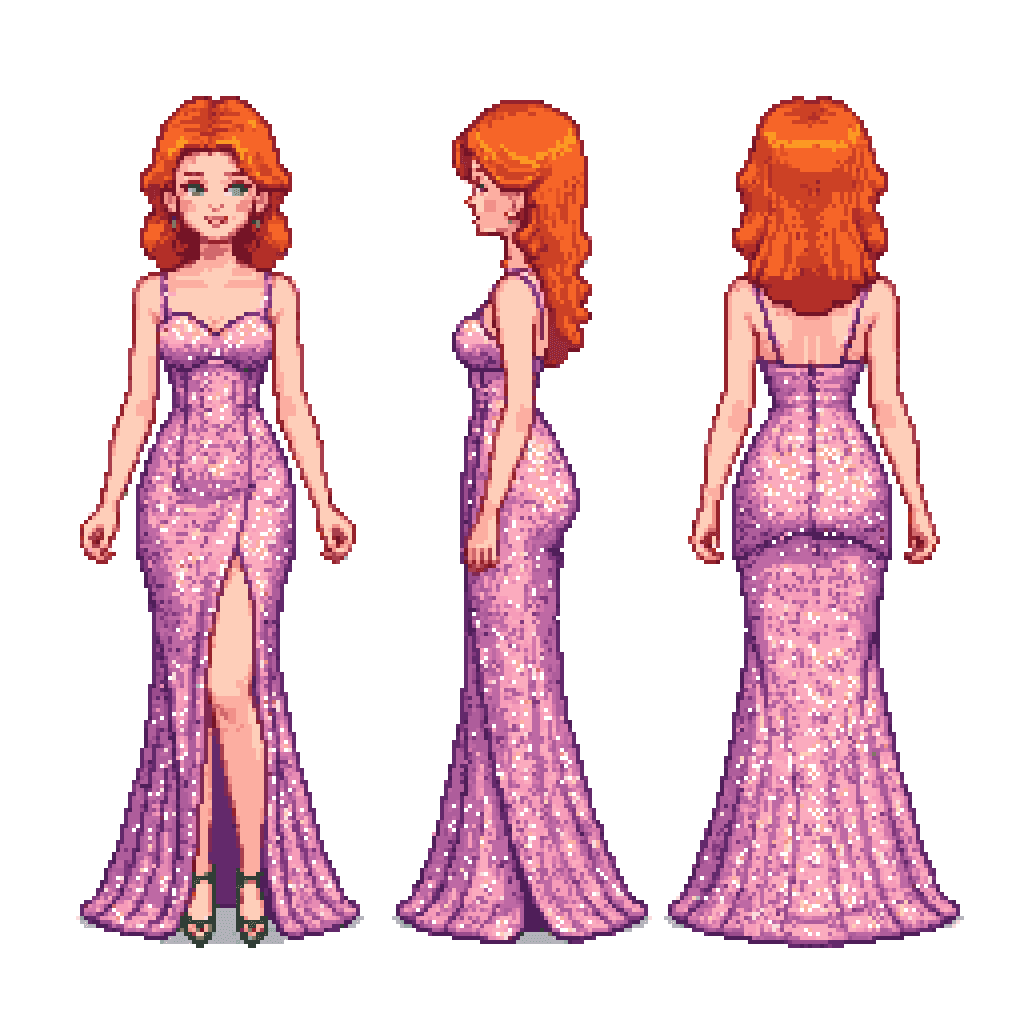
Unlike most AI art generators, which often require significant post-processing to create usable pixel art, Retro Diffusion's outputs frequently need little to no adjustment.
Being able to not only test rapidly, but also generate images for customers on-demand with this kind of speed and price has really been a game changer for us, it enabled a pretty small self-funded company to serve really fast high quality images.
The performance improvements from our infrastructure also changed how Retro Diffusion's users interact with the product. Faster generation times encourage experimentation, which leads to better results and higher user satisfaction.
Try it yourself
If you're interested in exploring Retro Diffusion's unique approach to AI-generated pixel art, you can sign up at https://www.retrodiffusion.ai/. New accounts receive 50 credits to start exploring.
For developers looking to integrate pixel art generation into their own applications, Retro Diffusion offers a comprehensive API with support for their FLUX model and its various styles. The API documentation provides detailed information on available parameters and options for both text-to-image and image-to-image generation.
Future developments
Retro Diffusion continues to refine their approach and expand their capabilities. With the upcoming integration of LayerDiffuse for FLUX generations on our platform, Retro Diffusion will soon have even more tools to enhance their already impressive results.
Retro Diffusion is also preparing to release two major new features in the coming weeks.
The first is animation capabilities, allowing users to create pixel art animations directly through their platform, a significant advancement that would streamline game development workflows.
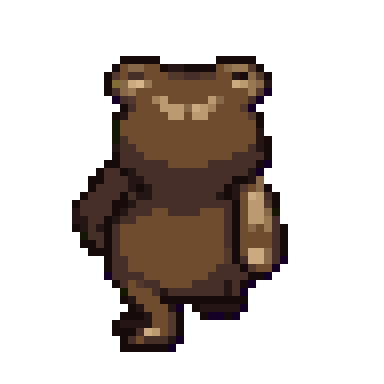
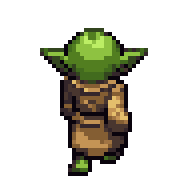
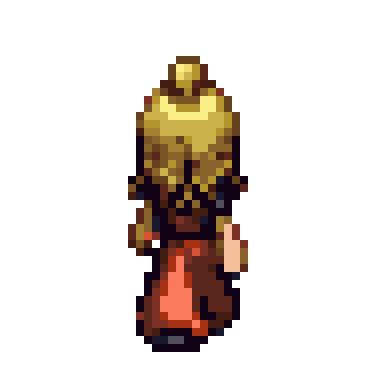

The second feature introduces directional seamless tiling, enabling the creation of infinite environmental assets that connect perfectly without visible seams. This is particularly valuable for game backgrounds, level design, and procedurally generated worlds. Both features are currently being developed using the Flux Dev model and represent Retro Diffusion's continued innovation in making professional-quality pixel art more accessible.
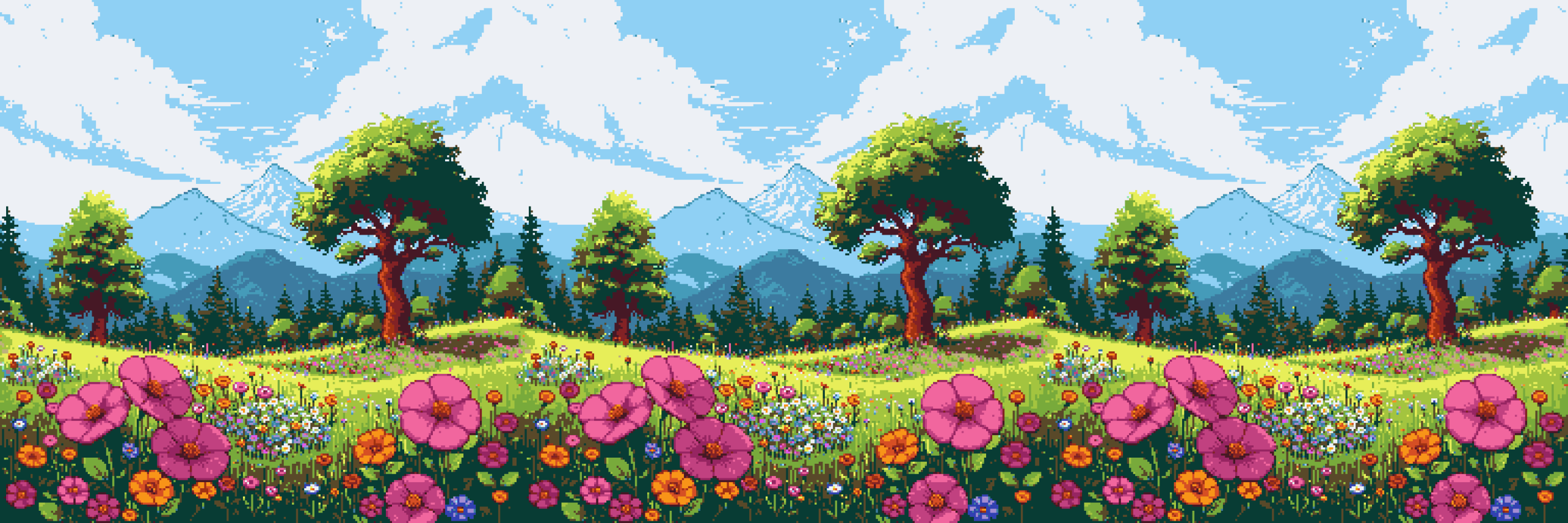
Whether you're creating assets for a game or simply exploring the distinctive world of pixel art, Retro Diffusion shows how AI can respect and enhance traditional artistic disciplines when implemented with care and technical precision.
